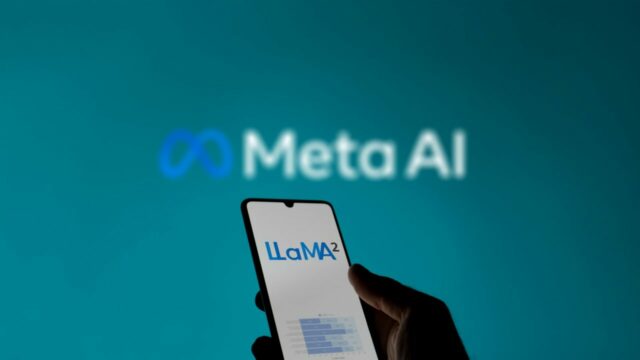Meta has unveiled its latest innovation in artificial intelligence, the Meta AI 3D generator, which promises to revolutionize the creation of 3D models. This cutting-edge tool, part of the Meta 3D Gen platform, delivers high-quality geometry and texture from simple text prompts, significantly reducing the time required to generate 3D assets.
Advanced capabilities of the Meta AI 3D generator
The Meta AI 3D generator can produce 3D assets with high-resolution textures and material maps in a matter of seconds. Meta AI highlighted on Threads that the new system outperforms previous state-of-the-art solutions, achieving 3-10 times the speed of earlier methods. This rapid generation of 3D models is functionally akin to text-to-image generators like Midjourney and Adobe Firefly, but with the added complexity of creating fully 3D models complete with underlying mesh structures suitable for physically-based rendering (PBR). This means that the models generated by Meta AI’s 3D generator are ready for use in real-world applications.
Meta’s Innovative two-stage process
Meta AI’s 3D generator employs a two-stage method that integrates two primary components: one for generating the 3D model and another for creating the texture. This dual approach results in higher-quality 3D assets, making it ideal for immersive content creation. The system leverages two foundational generative models, AssetGen and TextureGen, to optimize the strengths of each.
Based on feedback from professional 3D artists, Meta claims that its new technology is preferred over competing models “a majority of the time” while being three to 60 times faster. This significant speed improvement does not compromise the quality, offering users a reliable and efficient tool for 3D model creation.
Flexibility and control in 3D model generation
A key feature of Meta AI’s 3D generator is its ability to separate mesh models and texture maps. This separation provides users with significant control over the final output, allowing for iterative refinement without needing to alter the underlying model. Users can modify the input for texture style independently, similar to adjustments in text-to-image generators, providing greater flexibility and precision in the creative process.
Meta’s comprehensive technical paper on 3DGen provides detailed insights into the system’s capabilities and evaluative testing results, showing how it compares favorably to other text-to-3D models. This research underscores the advanced nature of Meta AI’s latest offering and its potential impact on the field of 3D content creation.
Implications for the future of 3D modeling
The introduction of the Meta AI 3D generator marks a significant step forward in AI-driven content creation. By enabling the rapid and high-quality generation of 3D models from text prompts, Meta is pushing the boundaries of what is possible with generative AI technology. This innovation not only streamlines the workflow for 3D artists but also opens up new possibilities for applications in various industries, from gaming and virtual reality to product design and architectural visualization.
As AI continues to evolve, tools like the Meta AI 3D generator are set to become increasingly integral to the creative process, offering unprecedented speed and quality. Meta’s commitment to advancing AI technology is evident in this latest development, positioning the company at the forefront of generative AI research and application.














